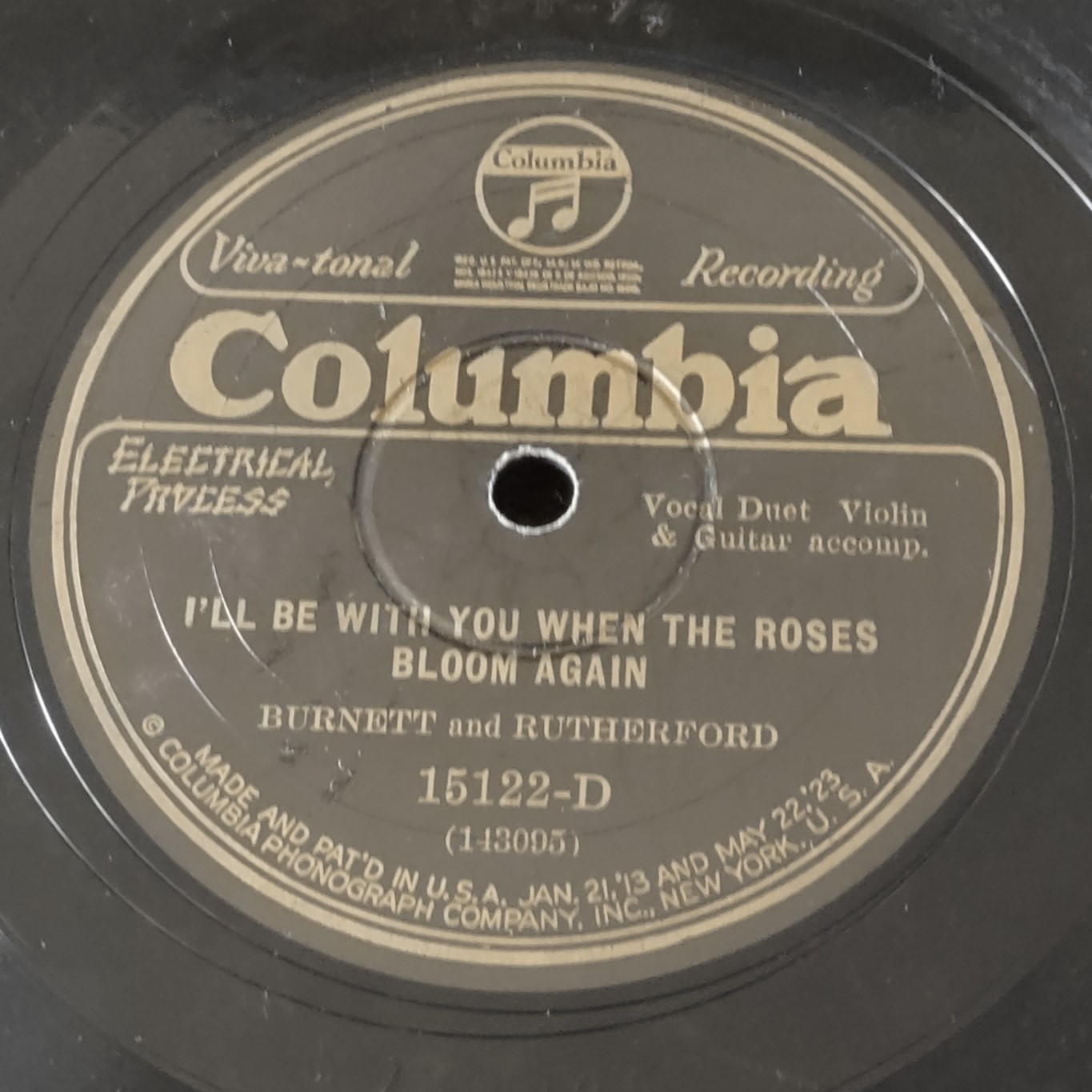The First Country Music Recordings – Singers and String Bands ・゚✧
.jpg)
|
.jpg)
|
.jpg)
|
.jpg)
|
.jpg)
|
.jpg)
|
.jpg)
|
.jpg)
|

|
.jpg)
|
Henry Whitter became the first recorded country singer by December 1923. He performed harmonica pieces and sang tunes over simple guitar work. Subsequent sessions recruited more musicians; in 1924 and 1925, several records were released as Whitter’s Virginia Breakdowners, employing John Rector’s banjo and James Sutphin’s fiddle [OKeh 1925].
Samantha Bumgarner and Eva Davis were the first female act to record country music. Three months later, Roba Stanley became the second. Her first recordings with William Patterson [OKeh 40213] took place in July of 1924 when she was fourteen or sixteen years old.
Also in 1924, Fiddlin’ Powers and Family cut seventeen tunes, of which Victor released eight sides [Victor 19434, Victor 19448, Victor 19449, Victor 19450]. The ensemble was comprised of James Cowan Powers and his still-growing children and was the first instance of recording a working string band – as in, one consistently performing for pay. Their records sold well, rousing interest from rival companies.
In this early period of recorded old-time music, record companies didn’t have a consistent name for the genre. Then, during the first session of a band fronted by Al Hopkins [OKeh 40336], recording engineer Ralph Peer asked what the group’s name should be listed as. Hopkins responded, “Call us anything. We’re nothing but a bunch of hillbillies from North Carolina and Virginia.” Other bandmates were pissed - "hillbilly" was a "fighting word." Alas, it didn't just get stuck to their label. The band’s subsequent release, the Hill Billies, provided the appellation by which magazines and newspapers soon called the whole industry. Hillbilly music would only be renamed in the 1950s – but the Hill Billies were going by Al Hopkins and His Buckle Busters by the end of the '20s [Brunswick 175]. (Bandmates must've chewed Hopkins out enough rotflh.)
Hillbilly music was eclectic from the beginning, encompassing such diverse sounds as Western cowboy songs, fiddle tune hoedowns, string band waltzes, and Appalachian ballads. The 1920s captured authentic old-time music, heard in repertoire like fiddle and guitar-clawhammer banjo duo Burnett and Rutherford [Columbia 15122-D]. Recording companies divided music by race, labeling white output as “hillbilly” and Black output as “race,” and while this created an artificial sonic split, a kaleidoscope of sounds were being performed by all demographics. This could be heard with material like the Five Harmaniacs jug band [Victor 20293], who, while white, played with a close ear to Black music and the blues.
| Previous: The First Country Music Recordings – The Fiddlers |
| Next: The Bristol Sessions |